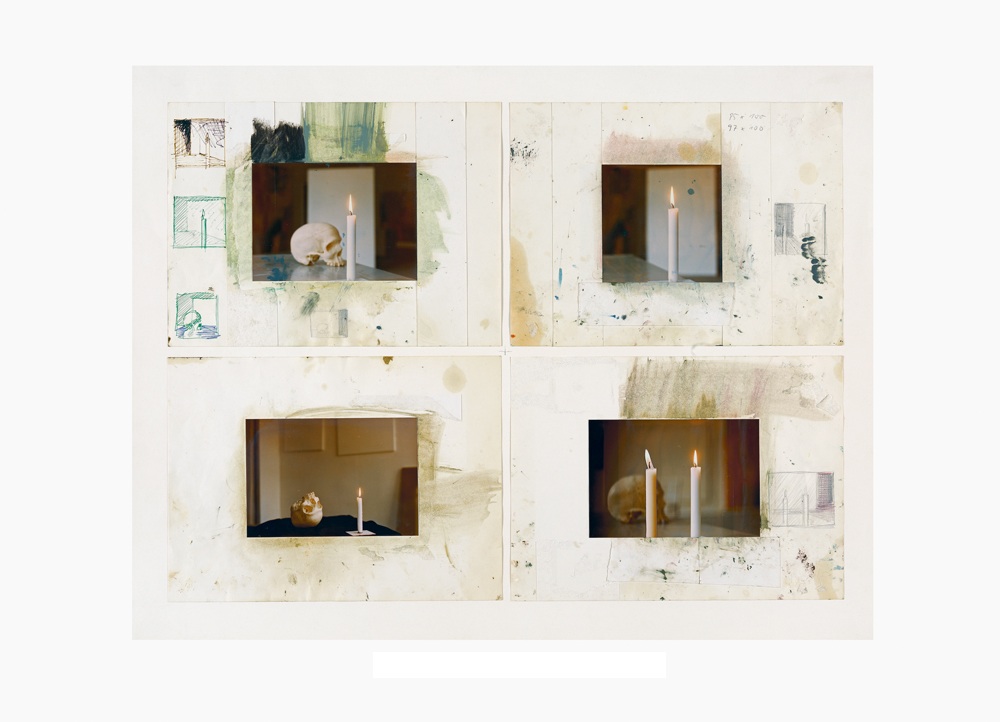Gerhard Richter

RICHTER’S STILLEBEN (KERZEN)/STILL LIFES (CANDLES), 1983. © GERHARD RICHTER 2015, VERLAG DER BUCHHANDLUNG WALTHER KÖNIG, KÖLN.
“It is one of the most important artist archives of the 20th century,” says Walther König about his rationale for publishing Gerhard Richter’s epic monograph Atlas. The artist’s vast, eclectic collection of images-news photographs, advertisements, color swatches, and amateur photos that Richter began gathering in the early 1960s-works as source material for some of his paintings, such as Uncle Rudi, his 1965 depiction of a young German soldier (the artist’s uncle in an SS trench jacket) or his 1988 series showing the events surrounding the deaths of members of the Red Army Faction. This archive, however, is widely considered a work of art in its own right. “It is both a collection of images as well as a biographical project,” the publisher said on the phone from his office in Cologne. “It is not about his work; it is his whole biography, his cosmos, his family. It is all in there.” While Atlas has been available in smaller print versions since the late 1990s, the new König edition makes the work newly visible with some 828 pages in four volumes, with more than 5,000 images reworked by the artist. The plates are printed in a huge folio format to capture each rich detail.
Richter, born in 1932, fled East Germany in 1961, months before the construction of the Berlin Wall. His complex relationship with personal, advertising, and newspaper photography can be seen in his paintings, which since the early 1960s often seem to blur or distort the ostensible authority of the photographic image. Art historian Benjamin H.D. Buchloh has compared Richter’s Atlas in its scope and importance to André Malraux’s Le Musée Imaginaire, Walter Benjamin’s Arcades Project, and Aby Warburg’s Mnemosyne Atlas-archives that conflate social and personal memory. Says the American artist Matt Saunders of encountering Atlas for the first time as a student in the 1990s: “Atlas untied the knot of the artist’s sketchbook, offering a fresh model of the artist moving through, seeing, and recording the world-no more perching awkwardly, conspicuously, pencil in hand. It was exciting to realize one could represent life by snapshotting, gathering, and sorting.”
König compares Atlas to another kind of archival work: “[Marcel] Duchamp’s Boîte-en-valise,” that portable version of the artist’s oeuvre. The Atlas lets us see Richter tracking the photographic image-political and personal, in advertisement and art-across a tumultuous half century.






